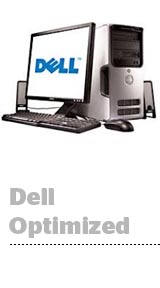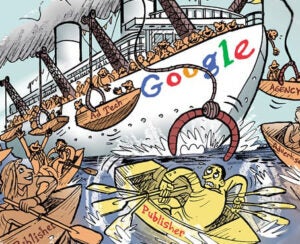 One of PC giant Dell’s first steps as a private company is overhauling its marketing spend. Dell executives unveiled results from its work with marketing attribution firm Visual IQ on Thursday at Forrester’s Forum for Marketing Leaders.
One of PC giant Dell’s first steps as a private company is overhauling its marketing spend. Dell executives unveiled results from its work with marketing attribution firm Visual IQ on Thursday at Forrester’s Forum for Marketing Leaders.
“Our goal was to understand the optimal ways to reach our customers through all the channels that we use to communicate with them,” said Drew Miller, executive director of global analytics and insights at Dell.
Visual IQ offers a SaaS-based solution, IQ Intelligence Suite, that uses data collection, machine learning and analytics to help companies better allocate their marketing spending across different channels.
Dell tapped Visual IQ to help it analyze its marketing spend across online channels such as email, display advertising and search in its North American consumer business.
Advertising metrics, said Visual IQ CEO and former Carat exec Manu Mathew, are “often measured from a channel basis and not a true cost channel basis. That’s one of the benefits from an attribution system. You finally see all the data in one place.”
Connecting and integrating the various data sources required a “deep orchestration” that took several months, according to Laxman Srigiri, senior manager of global marketing sciences at Dell.
Among its findings, Visual IQ showed Dell that roughly 70% of its customers touched multiple channels and that there was a 40-day lag between the first media impression and a conversion. The company also found that its display and organic search campaigns were more effective than its affiliate and paid search campaigns.
In terms of optimization opportunities, Dell could save $700,000 in annual savings by implementing frequency capping on two of its display publishers. “It turns out we were overtargeting some of our audiences and undertargeting others so frequency capping presents huge opportunities,” Srigiri said.
Optimizing the placement of Dell’s display ads could also generate $5.6 million in annual incremental revenue, according to Visual IQ, which recommended using scenario-planning tools to fine tune Dell’s media buys.
The next goal is to expand the marketing attribution efforts to other parts of the company, such as other regions and its B2B division, Miller said.
“Eventually we want to go beyond our digital campaigns to the full marketing mix as we expand into the omnichannel space,” he said.












